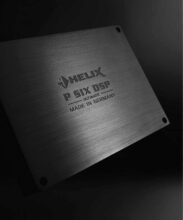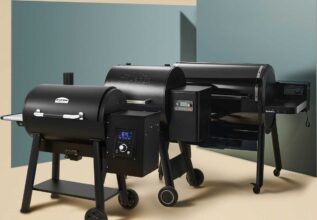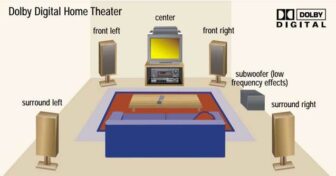The ultimate guide to SSD management
From file wrangling to housecleaning,
these tips will help you get the most
out of your supercharged storage.
IF YOU’RE STILL using a mechanical hard drive, you might consider upgrading to a solid-state drive—it will give your PC a speed boost on everything from boot times to game loading screens.
SSDs aren’t the perfect replacement for mechanical hard drives just yet, however, due to their far higher per-gigabyte costs and a few quirks. Read on to learn how to put that rip-roaring SSD to best use.
Move programs and games
Your SSD should hold your Windows system files, your installed and regularly used programs, and any games you’re currently playing.
On the SSD, they’ll load lickety-split.
If you’re retaining a mechanical hard drive to serve as wingman, it should store your media files, documents, and any files you access infrequently, as these items don’t benefit from an SSD’s blinding speed.
When you’re installing a program, choosing its destination drive is easy. Moving applications after the fact is trickier. You can move your entire Steam folder, for example, to a new drive and simply run the Steam.exe file to launch it and then play your games. Most programs, however, will display errors if you attempt to drag and drop their folder elsewhere. You’ll either need to uninstall the program and reinstall it to the new location or use symbolic links.
With symbolic links (aka symlinks), you can move a directory but make Windows perceive it at its original location. To create a symbolic link, you use the mklink command in a Command Prompt window. (Search for cmd.exe in Windows’ Run box to bring up the Command Prompt. To create a link outside your user folder, you’ll need to open the Command Prompt window as an administrator.) To move C: Example to your D: drive, you’d first drag the C:Example folder over to D:Example in Windows Explorer, and then you’d run the mklink /d C: Example D: Example command. Afterward, whenever a shortcut, Registry entry, or any other component of Windows looks up C: Example, the pointer transparently redirects it to D:Example.
Arrange Windows system folders
You can move your main user-data folders easily. For instance, to shift the Videos folder over from your main system drive (the SSD) to your secondary drive (the mechanical one), first locate the Videos folder within C:Usersyourusername. Right-click it and choose Properties, and then open the Location tab and select a new place for it. You will still see a folder at CJsersyourusernameVideos, and that folder will continue to appear as part of your Videos library, but its contents will reside on the other drive. This arrangement also works for your Music, Pictures, Documents, and Downloads folders.
In addition, you can choose the drive on which Windows is installed. If you’re setting up the computer from scratch and installing Windows yourself, click the Custom option in the installer and choose your SSD as the destination. If you’re buying an SSD later, you can move the operating system to that new SSD with a drive-cloning program, or just reinstall Windows (after backing everything up).
Keep some space free
SSDs slow down as you fill them because the drive ends up with a lot of partially filled blocks, which the drive writes to more slowly than it does empty blocks. Plan on using a maximum of 75 percent of the drive’s capacity for the best performance.
With storage at a premium, you’ll want to eliminate junk files regularly. For example, Nvidia’s graphics driver updates leave an unnecessary folder under C:NVIDIA after you install them. This folder contains the installer files, which you would require only for reinstalling or repairing the driver. They take nearly 500MB of space that you could put to better use.
A utility such as the free CCleaner (www.piriform.com/ccleaner) can scan your drive for unnecessary temporary files and delete them. And the WinDirStat tool (windirstat.info) can help you figure out where your storage space is going.
Should you reduce writes to your SSD?
SSDs can accept only a limited amount of writes before they start to fail. Sounds scary, yes—but don’t sweat it.
You’ll get many years of use out of an SSD without hitting its write-cycle cap, especially if you store media files and documents on a mechanical hard drive. And even if you don’t do that, you’ll likely buy new hardware long before your SSD gives up the ghost.
You could avoid saving temporary files to your SSD—you could, say, redirect your browser cache and Photoshop scratch disk to a regular hard drive. Doing so, however, will lead to slower performance when your PC needs to access those files. You’re probably better off tolerating the greater amount of writes for the increased performance.






